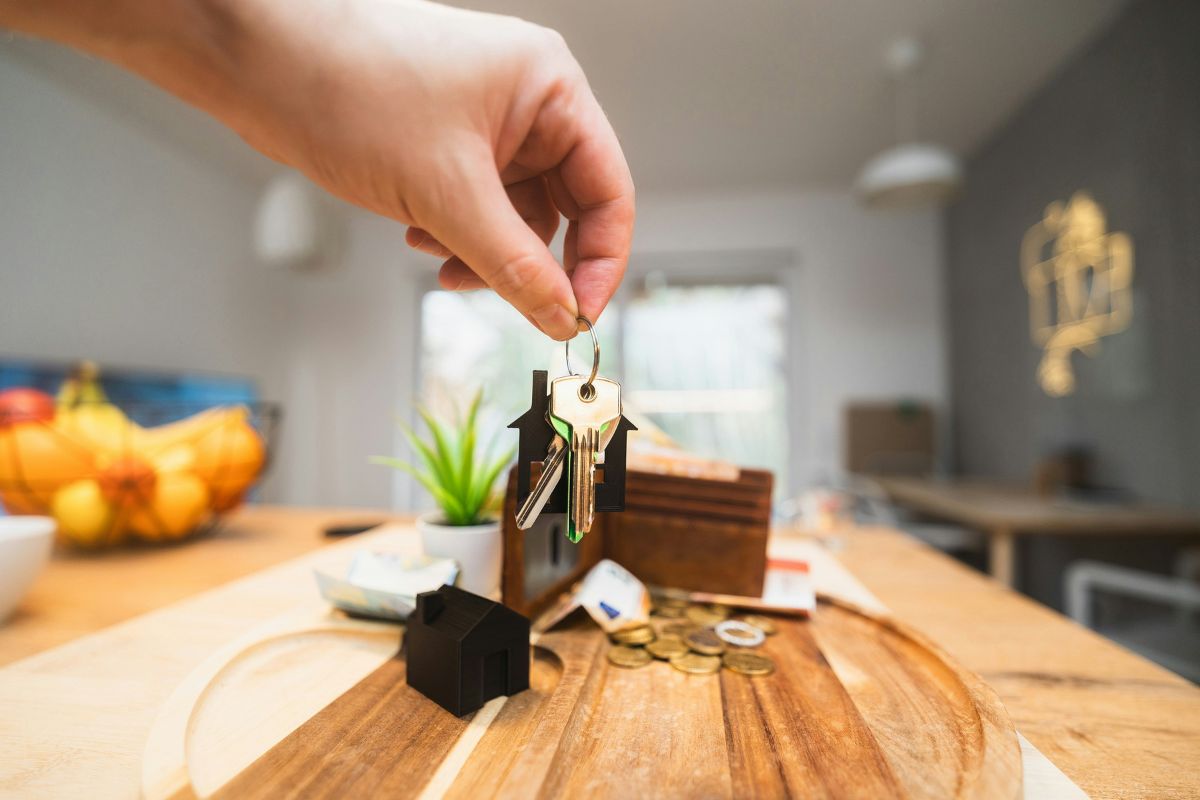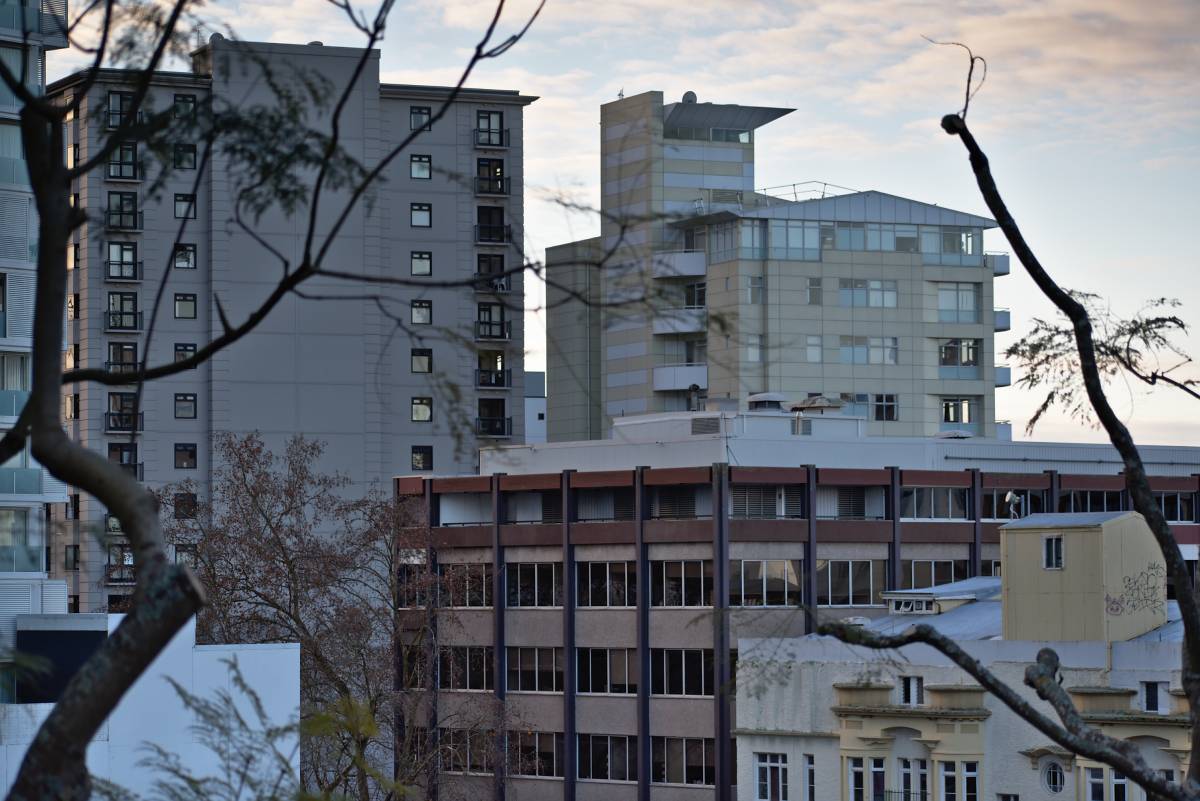Cash Rate Scenarios
It wasn’t all that long ago that the RBA was telling us with a straight face that there would be no cash rate increases even considered until at least 2024… So how did that turn out?
Well, since those days, it has leapt from 0.1% to 1.85%, recently going up in 50 basis point hikes each month.
Now, we are being told to brace for more, but can we handle it?
Think of all the people who borrowed money as property prices soared during the last 2 years because the RBA told them they were safe to do so. Many borrowed more than they should have, at least now that we have the benefit of hindsight.
Last year, APRA increased the mortgage repayments buffer that banks need to use when assessing a loan application, from 2.5% to 3%. That means that anyone approved for a loan has been deemed by their lender to be able to pay rates 3% higher than the levels they were at when their loan was established.
Such a buffer once seemed unnecessary, because after more than a decade without a single rate rise, they couldn’t rise by 3%…surely.
Lately, however, a lot of borrowers, and their lenders have begun to get nervous.
Calm the farm
While a couple of months back we were hearing predictions of rates going up and up with no end in sight, there has been a recent language change. Major bank economists are now predicting the cash rate to peak either this year or next.
The CBA prediction is a 2.6% peak this November, while NAB says 2.85% in the same month. ANZ and Westpac both think it will reach 3.35%, the former in November and the latter in February next year.
However, some out there still believe the cash rate will pass 4%.
So what would cash rates of 2%, 3% or 4% look like?
For the sake of keeping it simple, let’s look at 2 loans. One is for $500k and the other is for $1 million.
While the cash rate was at 0.1%, the average variable was around 2.6%. Now that the cash rate is 1.85%, the average variable rate is 4.1%, according to the RBA’s rate tracker.
At 2.6%, the $500,000 borrower was paying $13,000 a year in interest. At 4.1%, that borrower is paying $20,500. That’s an extra $7500 a year. If the cash rate was to hit 2%, they would be paying around 4.25% in interest, which would make $21,250 a year. At a 3% cash rate, they would be paying 5.25%, which would mean $26,250 a year in interest. And on current trends, if the cash rate hit 4%, they would be slugged $31,000 a year in interest. That’s nearly 2.5 times what they were paying at the beginning of this year and that’s on top of the principal they’re paying (unless they’re on an interest only loan).
The mortgage holder with the $1m loan will of course be slugged much harder, going from paying $26,000 in interest at the beginning of the year to $62,500 if the cash rate was to hit 4%. Again, that’s on top of their principal repayments.
It simply can’t happen
How many of your friends could endure suddenly paying more than $30,000 each year extra on their home loans? Could you? And consider that there are many borrowers out there whose loans are actually far bigger than $1 million.
As is often noted by b Invested founder Nathan Birch, the entire economic and banking system would be exposed to too much risk if there were sustained significant interest rates.
Banks need people to have mortgages in order to keep making money on interest. If rates continue to rise and mortgage defaults begin to take hold, property prices will continue to fall.
And if they fell more than 20%, the bank’s risk buffer would be gone from its average asset holdings and the economy would implode.
Which is why…
Most economists are now talking about rates being cut again once inflation is under control.
CBA believes the cash rate will fall to 2.1% after peaking at 2.6%
And if rates begin to fall again next year, that will mean a rise in property confidence and a floor under price falls. As always however, there will be bargains to be had if you know where and how to find them.
References:



